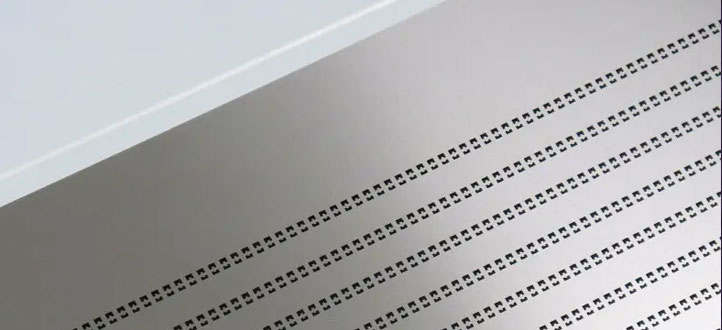What documents are required for SMT opening steel mesh?

In the modern electronics manufacturing industry, PCB assembly is a crucial process, and Surface Mount Technology (SMT) is one of the main methods for PCB assembly. In SMT assembly, stencil fabrication is an essential step, and during the SMT stencil fabrication process, a series of documents are required to ensure the smooth progress of PCB board assembly. Now, we will provide a detailed overview of the documents needed for SMT stencil fabrication.
1. PCB Design Files: These are fundamental documents for SMT stencil fabrication. PCB design files include Gerber files that contain information about the layout, traces, solder pads, and component placement on the PCB board. These files are generated by PCB designers and guide manufacturers on how to fabricate and assemble the PCB board.
2. Stencil Data Files: Stencil data files are indispensable for SMT stencil fabrication. These data files include information about the positions, sizes, and shapes of solder pads. Manufacturers use this data to fabricate the stencil, ensuring accurate alignment of solder pads with the components.
3. Bill of Materials (BOM): The Bill of Materials lists all the components that need to be placed on the PCB board, including chips, resistors, capacitors, integrated circuits, etc. The BOM is a foundation of the SMT process, providing manufacturers with information about which components to prepare and their specifications and package types.
4. SMT Process Files: SMT process files are critical documents to ensure the success of the SMT process. They include various parameters and process requirements for SMT, such as soldering temperature, soldering time, and placement speed. These files are jointly developed by PCB designers and manufacturers to ensure accurate component placement and reliable soldering connections.
5. Stencil Fabrication Process Files: Stencil fabrication process files contain the necessary requirements and parameters for stencil fabrication, such as stencil material, aperture size, mesh count, and thickness. This information helps stencil manufacturers accurately produce stencils that comply with PCB design requirements, ensuring the accuracy and consistency of solder pads.
6. Quality Control Files: Quality control files encompass various quality control requirements and standards for the SMT process, including criteria for soldering defects and component inspection requirements. These files are crucial to ensuring the quality and reliability of PCB boards and serve as a guarantee that the SMT process meets high standards.
In conclusion, SMT stencil fabrication requires the preparation of various documentations, each playing a critical role in the SMT process. The accuracy and completeness of these files directly impact the quality and reliability of PCB assembly. Only with the correct documentation can the SMT stencil fabrication proceed smoothly and guarantee high-quality electronic products.

